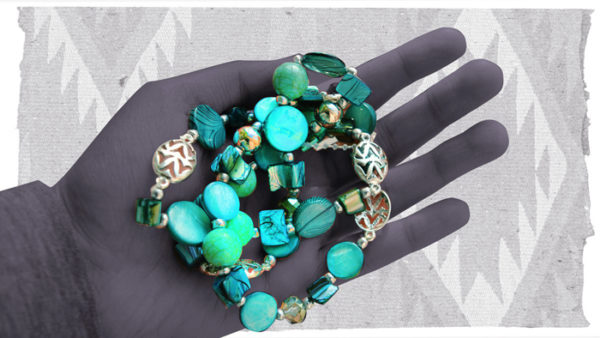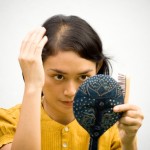Turquoise is an opaque mineral that has always been an object of desire for centuries. Naturally occurring in blue, bluish-green, green, and yellowish-green hue, turquoise has been treasured by different cultures because of its ornamental value, and it’s perceived sacred because of it’s healing and protective qualities.
Owing to the demand for this gem, lots of unscrupulous elements have flooded the market with fakes in an attempt to dupe buyers of their money. If you’re interested in acquiring turquoise stones but do not know how to discern the real from fake, then you’re at the right place. Read on to know more!

What Does True Turquoise Look Like?
Real turquoise has a unique color that comes from a combination of several elements: copper, aluminum, and iron. This is the reason why it does not usually have an evenly distributed shape or a perfectly uniform color. In reality, it’s a rarity to find “perfect” turquoise stones shaped in uniform flawlessness. Test the originality of the stone by applying some acetone to it. If some of the colors come off with the material you applied the acetone with, then you have your answer: FAKE. If the color does not come off, then you might be close to having a true gem in your possession.
How Much Does Turquoise Cost?
True turquoise is pricey. It costs hundreds if not thousands of dollars. So if you’re offered what looks like it for a ridiculously low amount, then the chances are that the gem is a fake. Be wary of those low offers whenever you’re in the market for pearls and turquoise.
Pay Close Attention
Pay close attention to the pearls and turquoise that you intend to buy. Another way to test turquoise stones for originality is to scratch it. Turquoise is an averagely hard gem, so if the gem you’re offered scratches easily, then the chances are high that it’s a fake. You could also check by running your fingernails on the surface of the stone. True turquoise has a webbing matrix that gives it unevenness or over growths that can be felt by your nails. With fake turquoise, what looks like trademark spidery markings might actually be painted or dyed? If it’s the real deal, you will definitely feel something when you run your fingernails over the gem.
Do the Teeth Test
You could also use your teeth to test what you’re offered before making the purchase. You don’t have to chew or bite it. Just a simple tap against your teeth will do the trick. True turquoise has a dull density when tapped against the teeth. Any other feeling outside that suggests that you’re about to buy a fake gem. Various materials have been used to create rip-off turquoise: glass, enamel, ceramics, plastics, and porcelain (to mention a few). While the tips you have just read will put you in the pole position to identify fake turquoise, you’re better off dealing with Timeless Pearl. Timeless Pearl offers a rare blend of timelessness, originality, and affordability. They have genuinely tantalizing turquoise necklaces that are original and classy!




